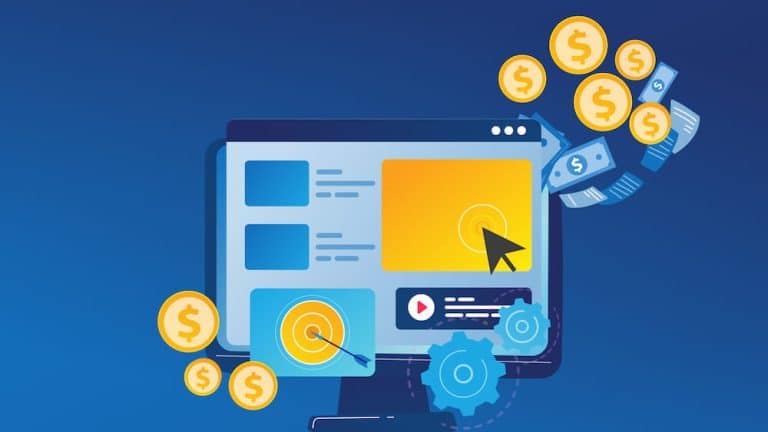Dive into the dynamic world of pay-per-click advertising with our curated selection of must-read PPC insights from April 2024.
7 ways to improve your Google Ads Click-Through Rates by Marin Software
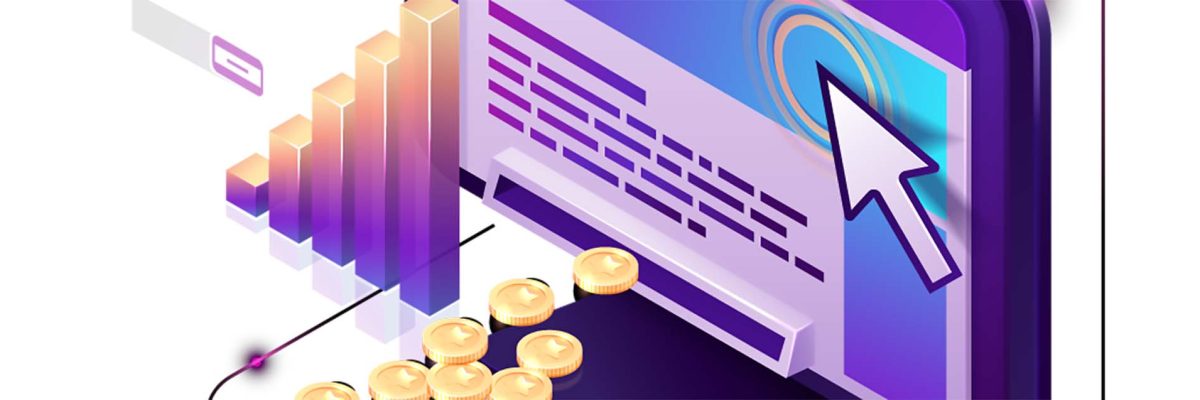
There are several effective strategies you can use to increase click-through rates (CTR) on Google Ads.
A high click-through rate (CTR) is an important metric that shows how relevant your ads are to your target audience. In general, CTR performance varies in search ads, with rates such as 1.91% in the first place, 0.35% in the second place and 0.11% in the third place. And, impression ads have an average CTR of 0.46%. Moreover, these rates may vary depending on industry and ad type, so it’s important to determine a CTR that is compatible with your goals. Let’s get quick results in increasing your CTR rates by following the suggestions below:
- Use dynamic keyword insertion
- Set up location insertion
- Mix things up
- Use symbols and emojis
- Apply the rule of three
- Use Google Ad extensions
- More numbers
Read on Marin Software
Google delays third-party cookie demise yet again by Digiday

Google has once again delayed the end of third-party cookies in the Chrome browser.
Google aware ongoing challenges in dealing with different feedback from the industry and regulators, and has stated that it’ll continue to work closely with the ecosystem. Unfortunately, Google won’t be able to complete the removal of third-party cookies until the last quarter of 2024. Because the Competition and Markets Authority (CMA) needs time to evaluate the results of industry tests and resolve any remaining issues. Moreover, it didn’t give an exact date for removing third-party cookies, but said it was targeting 2025. This is the third time Google has postponed its original deadline set in 2020. First, it promised to remove cookies within two years to improve security on the web. However, it postponed this issue twice more to give the advertising industry more preparation time. Another postponement was inevitable because Google’s alternative solutions (Sandbox) weren’t sufficient.
Read on Digiday
Use offline conversions to tune Google Ads for profit by Search Engine Journal
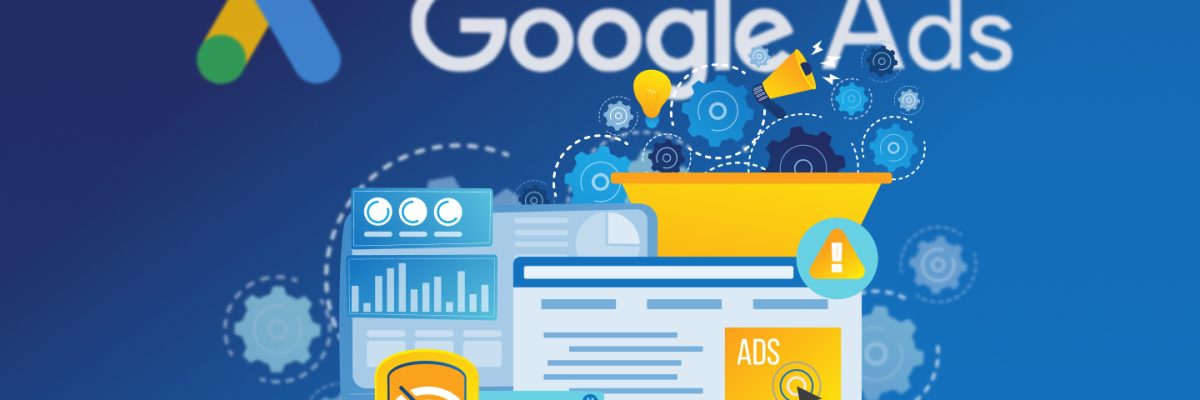
Tracking offline conversions is critical to increase conversions on Google Ads. Did you know that?
If users click on online ads and later make an offline purchase, this data is uploaded to Google. Therefore, this data is used to better target and optimize advertising campaigns. Additionally, tools such as CRM integration (e.g., HubSpot) and value-based bidding strategies also play an important role to improve the performance of advertising campaigns. These techniques maximize the return on advertising investments and make campaigns more profitable. Moreover, one of the most common mistakes is uploading offline conversion data to Google incompletely or incorrectly. This can lead to inaccurate targeting and unoptimized ad spend. Properly integrating and regularly updating data is critical to preventing such problems.
Read on Search Engine Journal
Try these PPC strategies for your B2B business in 2024 by Group Twenty Seven
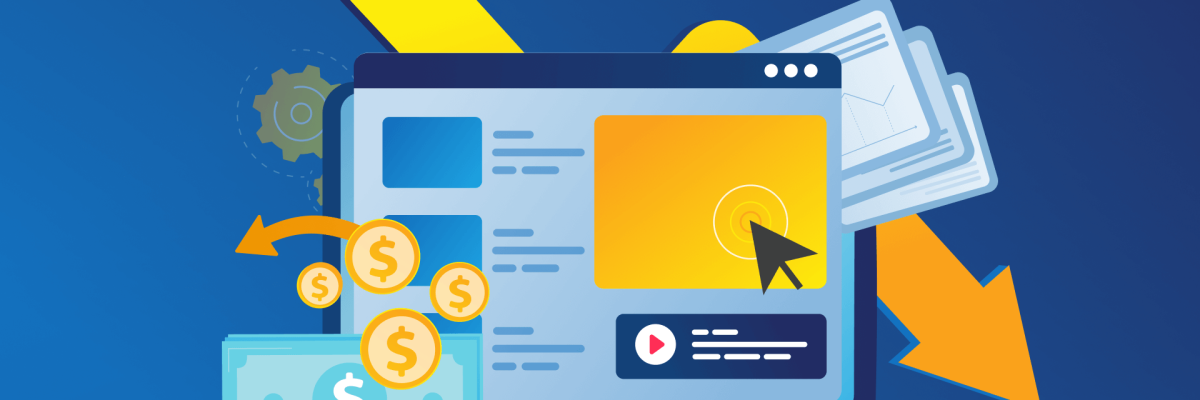
As always, the world of PPC is changing-but part of it remain the same.
Follow these three PPC strategies for B2B businesses for 2024:
- Video marketing: Video ads used for brand awareness now not only create awareness but also contribute to conversions. Achieve high viewing rates and conversions are achieved, especially at low cost.
- AI-powered campaigns: AI is becoming increasingly effective in PPC management. Try automations.
- Not forgetting classic strategies: While new tools such as video marketing and AI attract attention, remember classic strategies also drive conversion (for example, adding trust signals).
Read on Group Twenty Seven
Google considers charging for AI search features by Search Engine Roundtable

Google plans to offer new artificial intelligence (AI)-powered search features, such as Search Generator Experience (SGE) and AI summaries, as part of its subscription services.
This is a major change in Google’s search business. And, Google plans to make one of its core products paid for the first time. So is this change part of dealing with AI technologies that will impact advertising revenues? However, these features will be more expensive as AI-powered searches require more computing resources. Google states that it continues to develop these new premium features and has seen an increase in search queries in major markets. Also, the company hasn’t yet made an official statement on this matter.
Read on Search Engine Roundtable
Upgrading native campaigns to enhanced CPC by Microsoft Advertising Blog
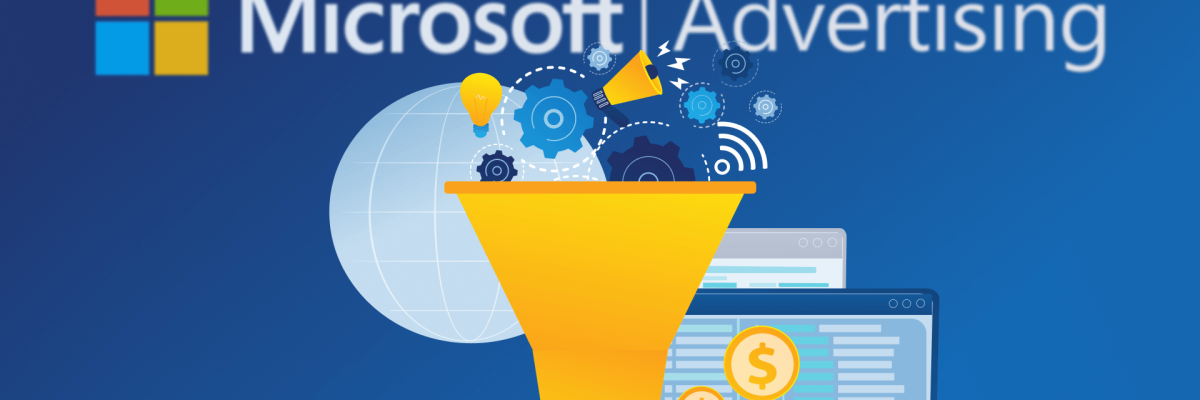
Microsoft is switching its native ad campaigns to a more effective cost-per-click (eCPC) model.
This new system will help advertisers maximize potential conversions by automatically adjusting their bid on each click. That is, it increases the bid amount in cases with high conversion potential while decreasing the bid for low potential. This feature will be used by default for new campaigns starting April 30. Additionally, existing campaigns will be switched to this model between 13-17 May. Shortly, this change aims to enable advertisers to adapt to market changes more dynamically and use their advertising budgets more effectively.
Read on Microsoft Advertising Blog
Let’s not allow AI to be another data disaster by Digital Content Next
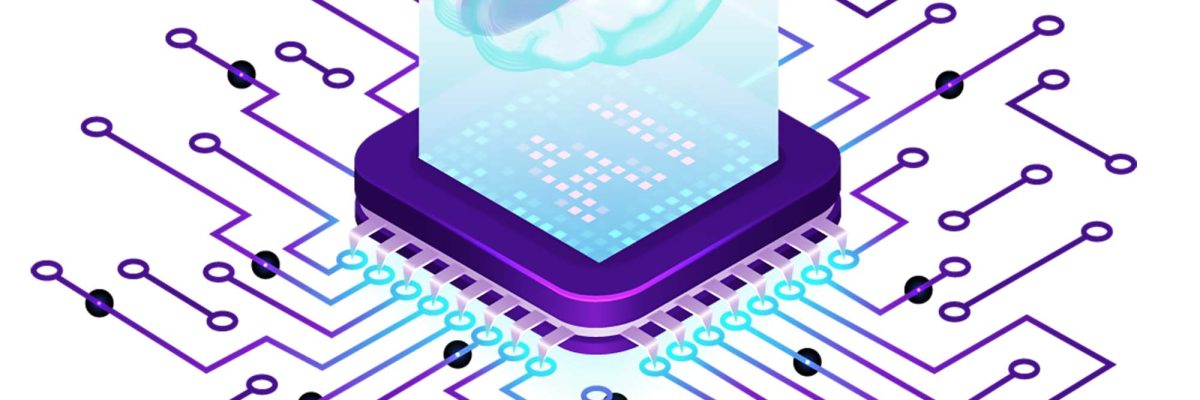
Companies have been racing to collect data since the early days of the internet. And, data collection strategies can be aggressive, especially when it comes to large companies like Meta and Google.
Today, the development of artificial intelligence (AI) technologies is reaching new and potentially disruptive levels of data collection, especially due to the need for large datasets for training large language models. The increase in automation brought by artificial intelligence can also lead to imbalances in labor markets. This may lead to increased unemployment in certain lines of business. Additionally, the possibility of collected data falling into the wrong hands or being misused raises serious concerns about individual privacy and security. Therefore, AI applications and related data policies need to be regulated with the broader interests of society in mind.
Read on Digital Content Next
Changing Google shopping feed providers? — by ZATO Marketing
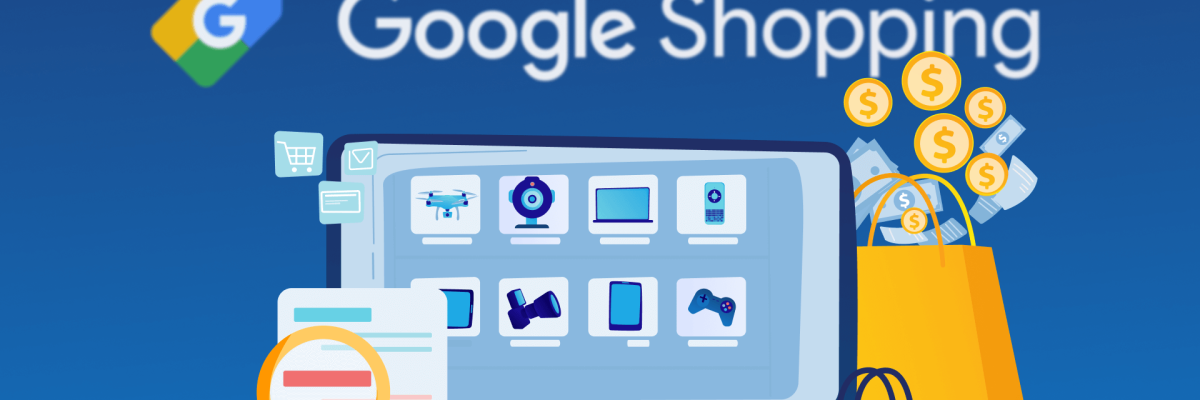
For those considering switching Google Shopping product feed providers, the process can be complicated and can negatively impact your performance if not done properly.
There are some important points to consider when changing the Google Shopping product feed. When all these processes are managed with correct planning and implementation, you can make the most of the advantages of your new feed provider and make better optimizations in the long term.
- There may be interruptions in the product history, which may result in decreases in product traffic.
- It can cause your Google Ads campaigns to go back into learning mode, so it’s important to make targeting changes carefully.
- Changes to feed properties may disrupt Google’s targeting. Therefore, features should be updated one by one and carefully.
- Since it’s a complex and time-consuming process, it may be beneficial to get help from an experienced professional.
Read on ZATO Marketing
9 sneaky ways to spy on your competitors’ ads by WordStream
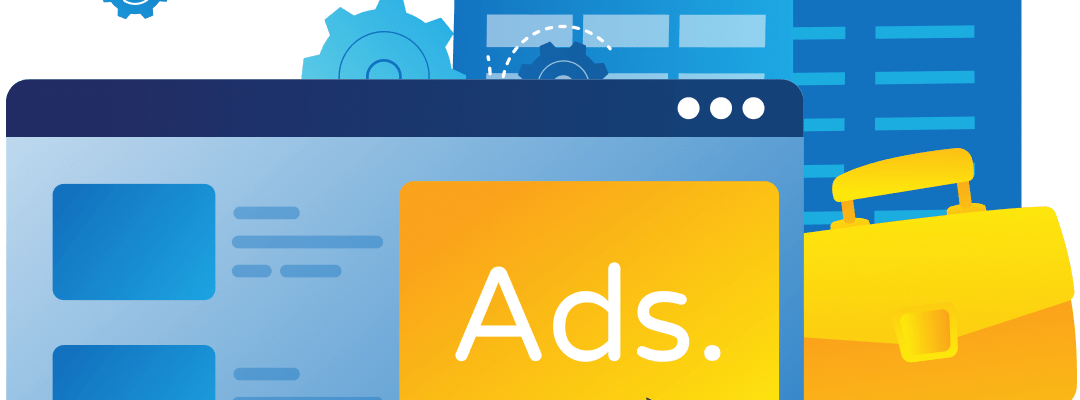
What methods should be used when it comes to analyzing competitors’ ads?
This type of analysis is an effective way to understand your competitors’ advertising strategies and improve your own advertising tactics. In this way, you can make accurate analyzes of advertisements, better understand your target audience and increase the effectiveness of your marketing campaigns. Additionally, this makes it easier for you to adapt to market dynamics that change over time.
- Use the Facebook (Meta) Ads Library
- Go to their website and get retargeted
- Use Facebook itself
- Use an SEO tool
- Do a Google search
- Use the Google Ads Transparency Center
- Try the TikTok Ads Library
- Use competitive intelligence tools
- Use ad intelligence tools
Read on WordStream
Google explains why Ad Strength is “so important” as it addresses industry concerns by Search Engine Land
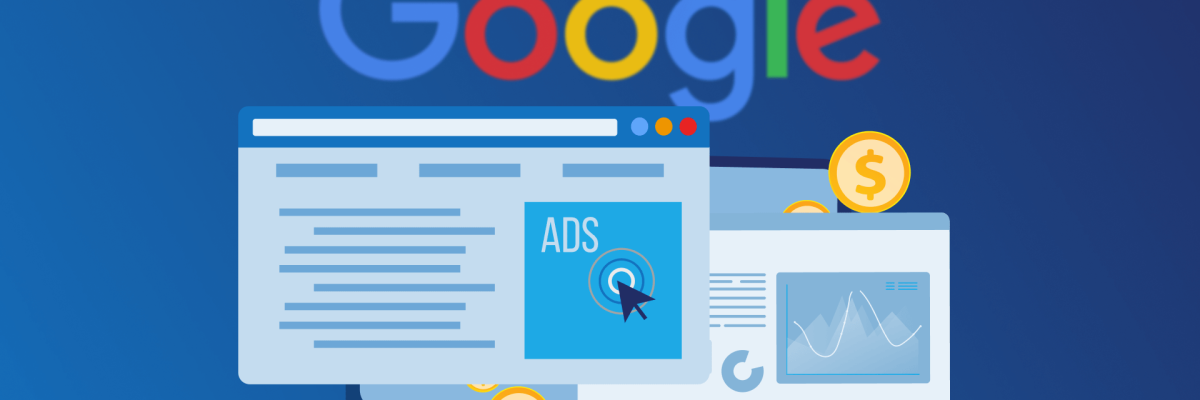
There are some disagreements about how important Google Ad Strength is for your PPC (Pay-Per-Click) campaigns.
Google Ad Strength measures the diversity and relevance of your ads, but there is disagreement that this metric does not directly affect ad success. Some experts argue that high Ad Power has no direct impact on conversion rates or click-through rates. Therefore, Ad Strength can be used as a useful tool, but it alone is not a reliable indicator for measuring success. It will be more effective to consider various metrics when evaluating the performance of your advertising campaigns.
Read on Search Engine Land
